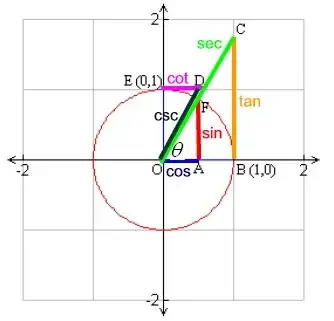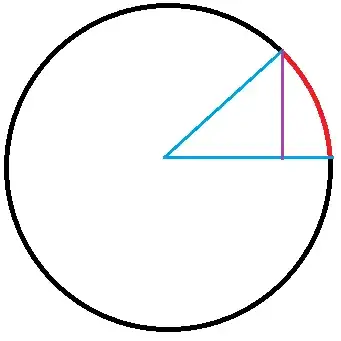First of all: you cannot take derivatives (and even if so, your middle one is incorrect) to preserve inequalities. That said, let's go over it:
1) It is enough to show that $\sin x\le x$ when $x\ge 0$ because $\sin x$ is an odd function, so for $x<0$ write $-y=x$ whence the first inequality implies
$$-\sin -y \le y\iff \sin(-y)\ge -y\iff \sin x\ge x$$
Now, to show it for $x\ge 0$ is actually a matter of geometry
Edit: I'm told not everyone can see the photo I'm using. It's available here if that's true for you.

Notice that $\sin x$ is the height of the smaller triangle, then draw in segment $FB$. Since $\sin x$ is the length of a leg of a right triangle, it's hypotenuse, $|FB|$ has lenght greater than or equal to $\sin x$. But then the shortest distance between two points is a straight line, so $FB$ is shorter than $\text{arc} FB$, but by the definition of a radian, $|\text{arc} FB|= x$ (the angle is labeled as $\theta$, but we're using $x$. Hence
$$\sin x\le |FB|\le |\text{arc} FB|=x$$
is shown for $0\le x\le {\pi\over 2}$, and for the other positive $x$ it follows from $\sin x\le 1$ independent of $x$.

